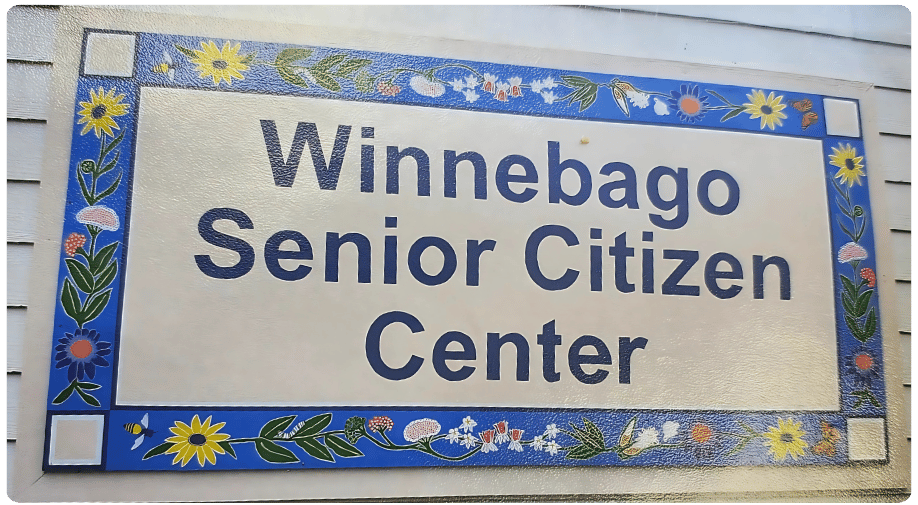
The storyboard created by Anna Adams, a Winnebago artist, was inspired by the current events facing the Winnebago Tribe. Current issues include tribal sovereignty, food security, the use of herbal plants, preservation of natural animal habitats, and the protection of pollinators.
The theme chosen for the storyboard depicts the common milkweed and its life cycle, as well as the Purple Coneflower and the Black-eyed Susan, which are native plants of this area and are located on the Winnebago Indian Reservation. Other images to look for are the popular Monarch Butterfly, the caterpillar, and the Honey Bee.
The Winnebago reservation is in the migration route of the monarch butterfly as it migrates south to Mexico, stopping to feed on the milkweed leaves and birth caterpillars, which become the next generation of monarch butterflies to finish the migration south. The Honey Bees pollinate most plants that produce nectar and bloom in plants and trees.
MILKWEED
The milkweed is the theme of the storyboard. It depicts several stages from the seeds to the plant, blossoms, seed pods, and the "coma" (Plumes, fluffs, or floss). The Winnebago Indians named it "Mahic." Over the years, the use of insecticides has greatly reduced the population of milkweed. It is important for us to preserve it as a wild natural food for the trial people as well as the life of the Monarchs ad needs.
Milkweed is not grown commercially, but the plant has had many uses in human history. The milkweed "coma" (plumes, fluffs, or floss) is hollow and coated, which is said the have good insulation qualities. During World War II, more than 5,000 tons of milkweed floss were collected in the United States as a substitute for "kapok" (silky fibers used for stuffing). Milkweed is grown commercially as a hypoallergenic filling for pillows and as insulation for winter coats.
PURPLE CONE FLOWER
Echinacea was used by the North American Plains Indians for its medicinal qualities: common cold, cold symptoms, coughs, sore throats, headaches, and pain medication.
BROWN EYED SUSAN
The Brown Eyed Susan is a North American flowering plant in the sunflower family. It is a native American medicinal herb in several tribal nations as a remedy for colds, flu, infection, swelling, and (topically, by poultice) for snake bite (although not all parts of the plant are edible).
WOODLANDS BEADWORK DESIGNS
Many museum collections of the Woodland patterns show a connection to living plants. This storyboard is an attempt to create a "symbiosis" (things living together) or being interdependent upon each other. Native peoples eat milkweed and use cone flowers, sunflowers, and many other plants. Colorful images are used in historic Woodlands design and can be found on bandoliers and breach clothes. These unique original patterns used on this storyboard were created by Anna Adam, a Winnebago Artist.
Special Thanks to Velma Thomas Alanis (84), Ray Alaniz (84), Victoria Goodin (70), Hannad (12), Esther (15), and Elijah (17) Fernandez for being the paint crew! May God grant you to "live long and Prosper!"